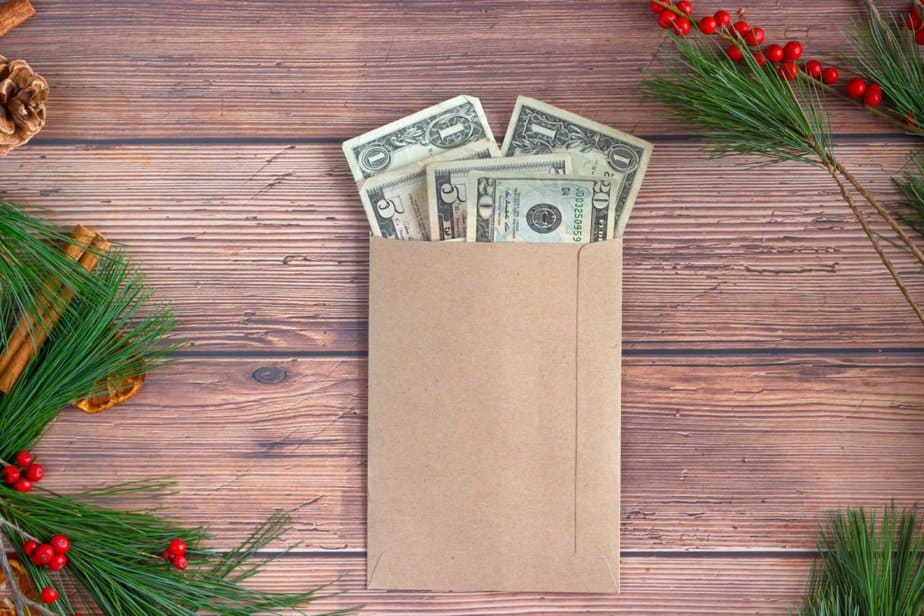The development of increasingly advanced technologies has resulted in the receipt and payment of money seamlessly and easily. We can now transfer funds via debit and credit cards, ATMs, bank checks, and even the newly introduced crypto-wallets. A money order is also a method of making payments and receiving money. A money order is a form of payment that allows the named recipient to receive the stated amount of money inscribed on it. It is said to be more secure than cash because it is harder for a thief to cash a money order as the order can only be exchanged for money by the recipient named on it. A money order is also handy for entire payments and can be purchased in banks, post offices, and even notable stores.

All you need for a money order is to provide the payee’s name (the recipient), know the exact amount of money you want to order, and also a debit card or cash to pay for that. Purchasing a money order is easy and all you need to know are properly detailed below.
Provide the Correct Name of the Payee
In purchasing a money order, you will be asked to provide the person’s name receiving that. This name has to be correct and accurate to enable the recipient to access this money. That will not be paid for the amount listed on it. to the recipient if the names do not tally with his. This is the advantage of that because only the person’s name inscribed on it can be able to access the funds therein. Therefore, before filling the payee’s name on that, It must be made a conscious effort to ensure that all of the necessary information is written on it.
The Right Amount to be made to the Payee
Also, we need to provide the right amount that we are purchasing to be made to the payee. This is important because the amount to be purchased will be inscribed on that making it extremely difficult for an altercation. This, therefore, means that the exact dollar that is supposed to be paid to the payee must be known so that it can be inscribed in the order to avoid complications and mistakes.
Debit Card or Cash for Payment
Just like most of the transactions involving the transfer of money are not free, money order comes at a cost. Different stores, post offices, and banks have different fees for carrying out that transactions with international transactions significantly higher. You have to be ready to pay for the face value of the that and the fee which is the nominal value. Money orders are not processed for free. You can reduce costs by locating an outlet that sells them for a cheaper rate. Walmart might charge a fee of $1.00 while USPS charges between $1.30 to $1.75 depending on the amount.
Sender’s Address
In a money order, you might be required to input a sender’s address i.e. your address. However, this is not a compulsory requirement. The purpose of the address is to ensure that the recipient can contact you when there is a problem with that but as said earlier, it is optional because you can decide to leave it blank.
Sender’s Signature & Name
Just as in checks, It is feasible that the buyer may be requested to sign their signature. This option isn’t always available because it can be used in place of the sender’s name. You can either write your name or sign your signature; that is up to you.
Conclusion
MoneyGram, Western Union, and the U.S Postal Service are the three major brands that issue money orders. Anyone can purchase a money order and it does not require you have a checking account or bank account but with the listed requirements mentioned above, you are good to go. Money orders might be preferred to the checks because they eliminate the risk of bouncing and cannot be stolen easily. It is important to remember that can be raised for a cap of $1,000.00. You will have to purchase more when payment exceeds $1,000.00 which comes with additional fees.
Frequently Asked Questions
1. Do you have to fill in personal details for a money order?
It is not compulsory to fill out your details when purchasing that. A money order can be purchased with the necessary information, such as the precise amount to be paid, the payee’s name, the sender’s signature, or the sender’s name – which may be optional.
2. Can a money order bounce?
No, a money order cannot bounce as in checks because of the nature of the payment method. A sender pays both the face value of the order and the nominal value (fee) to be able to purchase the money order. This eliminates the risk of bouncing on money orders.


